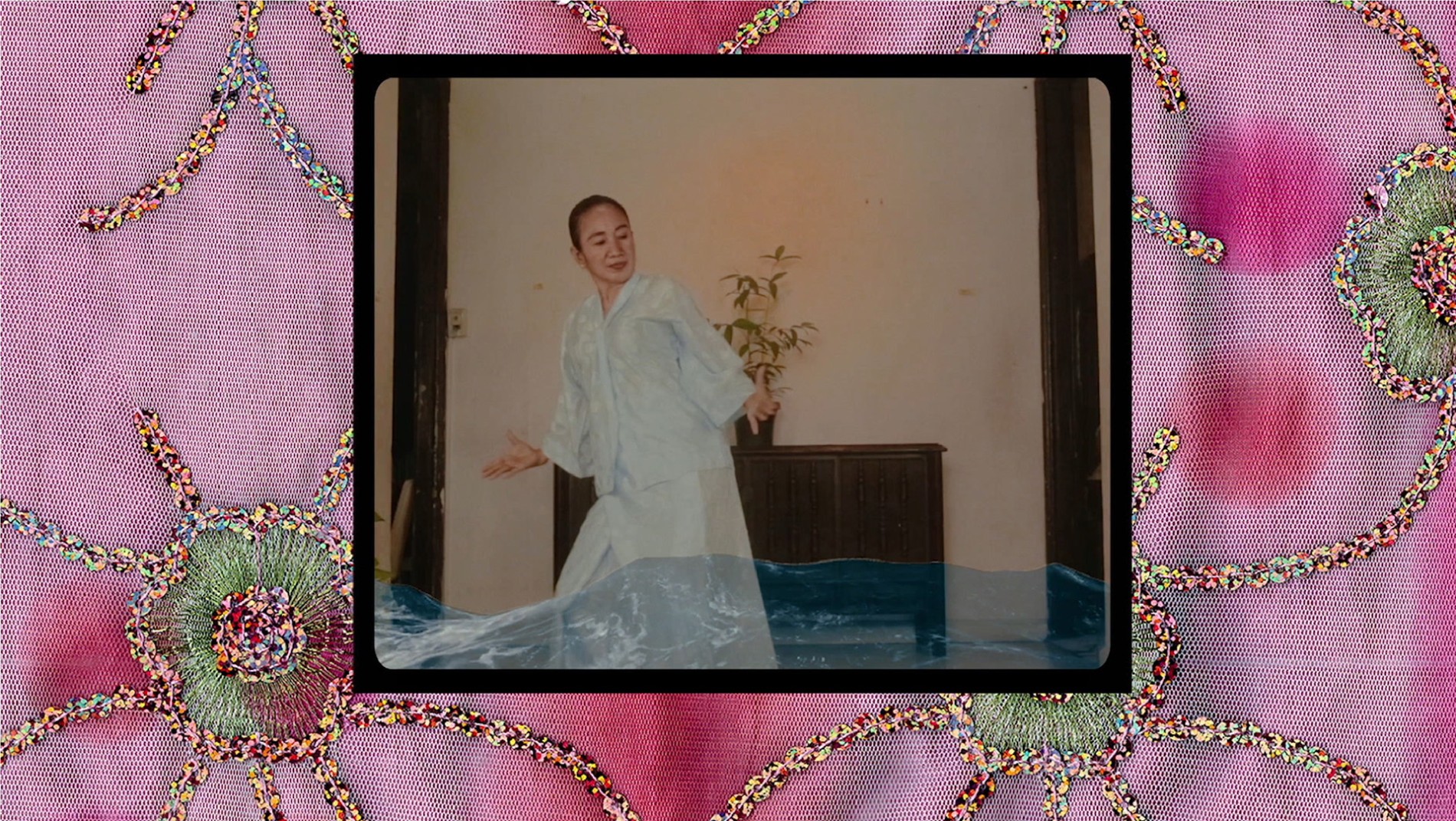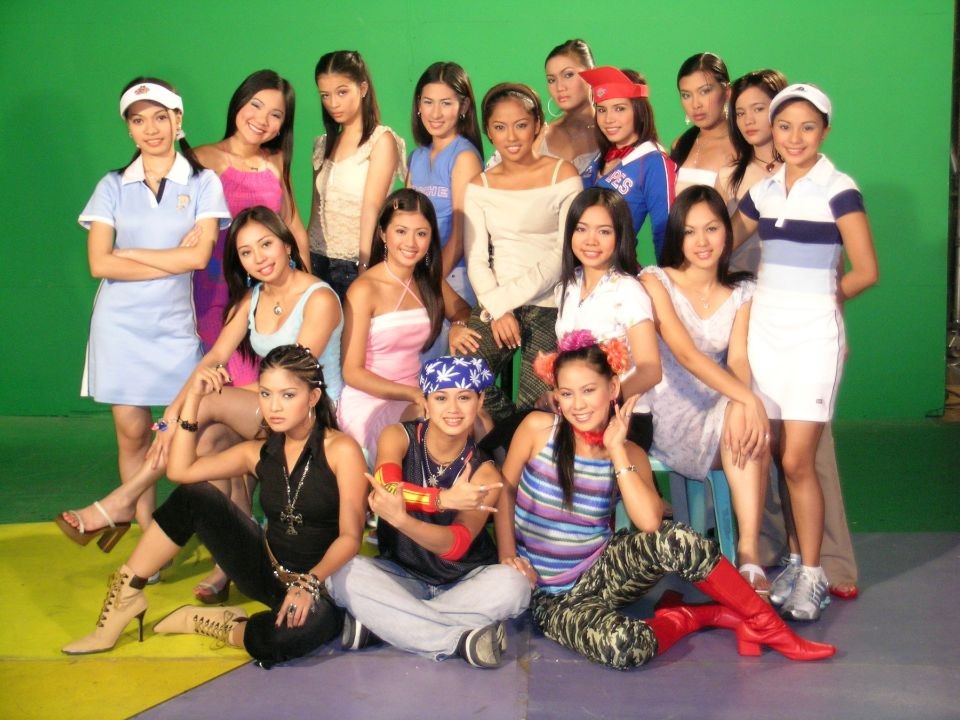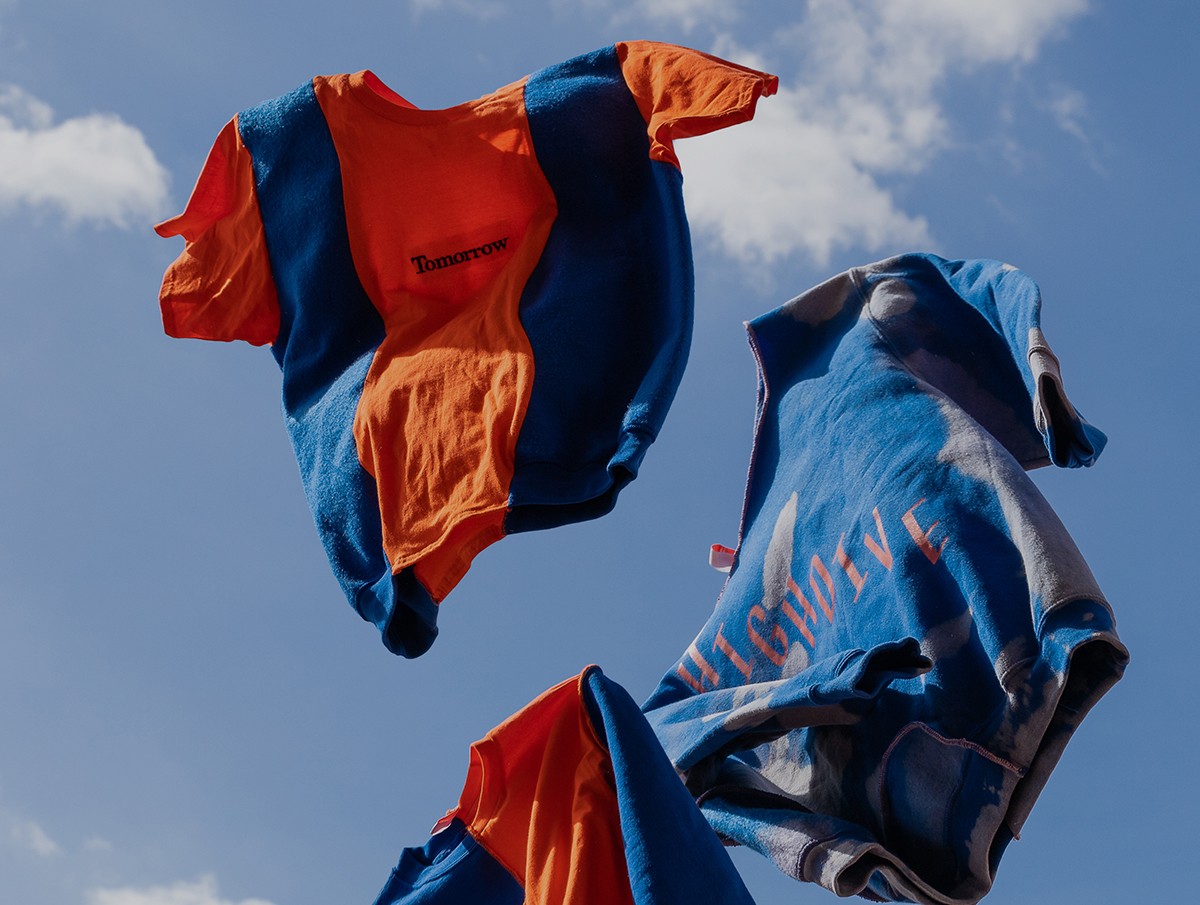
FIFTH WALL FEST continues their contribution to the future of dance film
By Dani Ramos
October 27, 2021
Earlier this month, FIFTH WALL FEST, the country’s first dance film festival, opened its website to the public and celebrated its second edition. Similar to their inauguration last year, the event provided visibility for and education on the art form of dance film.
Dance film represents the merging of dancing and filmmaking practices, involving collaboration between cinematographers and performance artists. Camerawork, editing, and cinematic form go side-by-side with choreography, dance skill, and narrative. The art form takes many names: some of them are choreocinema, screen dance, and dance for camera.
Zooming into dance film
Through the capturing of dance on camera, dance can transcend the physical limitations of a stage and find life on a screen. Dance, unfortunately, can often be an exclusive art form. Professional training and live viewing can be expensive, hindering access to many.
But much like Hollywood films are more accessible to the general public than theatrical performances, dance films can help dance reach a more diverse audience.
A common form of filmed dance in the Philippines are television dances (think performances of dance tropes and artists on a variety show). Although not necessarily “cinematic”, broadcasted dances were a more accessible medium for the majority of Filipinos. It provides an alternate way of viewing professionally choreographed dance, forgoing the need to visit a performance center or watch a street dance.
As more audiences gain access to dance through dance film, dancers also receive exposure by screening their performances. It provides them a platform to not only collaborate with others, but express themselves in new ways on screen.

“Dance film opens yourself up to a medium that isn’t stage. You move differently,” shares Maita Hagad, a trained contemporary and ballet dancer and FIFTH WALL FEST Social Media Manager. “On stage, the angles are different, and you can feel the connection between the dancer and the audience. But if it's the camera, you have to move in a way that works with the camera.”
Celebrating dance from all angles
Still, the art form doesn't get as much publicity. Aside from the upbeat television screenings and Tiktok dances, there’s still little exposure for dance artists and filmmakers who don’t necessarily conform to the mainstream.
Dance film–its practice, scope, and even existence–is still relatively unfamiliar to many. Perhaps as a response to this knowledge, FIFTH WALL FEST’s second edition does much more than make dance films available for viewing.
“[FIFTH WALL FEST] tries to go beyond the screen. They showcase dance films, but there are also areas for learning like the ‘Black Box’ events, the ARCHIVO 1984 collaboration, and the competition,” shares Hagad. “[The 2021 International Short Film Competition] provides a space for both beginners and established filmmakers to submit their work.”
The work from the competition finalists made up a collection on the FIFTH WALL FEST website. It was one of the five specially-curated film collections: Pinoy, Butoh (a form of Japanese dance theater), Views, On Tour, and Competition.
All in all, around fifty local and international films were showcased. Remarkably, all of them were available for free viewing for the duration of the festival–anybody interested could easily access the dances.
One of the standout films was director Patrick Alcedo’s “Am I Being Selfish” – an 8-minute short showing the grim reality of pursuing one’s artistic passions. By documenting the struggles of a Filipino dancer and father, Alcedo sheds light on the lack of creative support in the Philippines.
Audiences also listened to Alcedo talk about documentary dance filmmaking and social justice issues during his Black Box talk, which made up a FIFTH WALL FEST series encouraging discussion and education on dance film.
In the Black Box programs, both Filipino and foreign creatives were invited to speak and hold workshops on various topics: animation, documentary filmmaking, Butoh, and dance filmmaking methods.
These discussions, which were held on Zoom, could be used as educational resources by Filipino dancers, cinematographers, and researchers alike. In particular, ‘Behind the Screen,’ a workshop held by award-winning duo Jess and Morgs, employed aspiring dance filmographers with much-needed knowledge on the filmmaking process.
Setting the ground for the future of dance and dance film

From the film screenings to the Black Box workshops, these events contribute largely to bringing awareness and influence to dance film.
Since the FIFTH WALL FEST events were free to the public, the festival shows how the world of dance can be more inclusive. For Filipino performance artists and film creatives, this can also mean more opportunities for creation, collaboration, and recognition.
“I think [the future of dance film] is very hopeful, especially because we now have a platform like FIFTH WALL FEST, where people can come together in a community to share their ideas, as well as learn from established artists and filmmakers.” shares Hagad. “Because you have this space, you’re able to generate new work. By exposing Filipinos to the international scene, dance, dance filmmaking, and culture, more people will start to develop an interest.”
FIFTH WALL FEST was able to capture movement on the screen–may this inspire others to create ripples beyond it.
For more information, visit FIFTH WALL FEST’s website.


